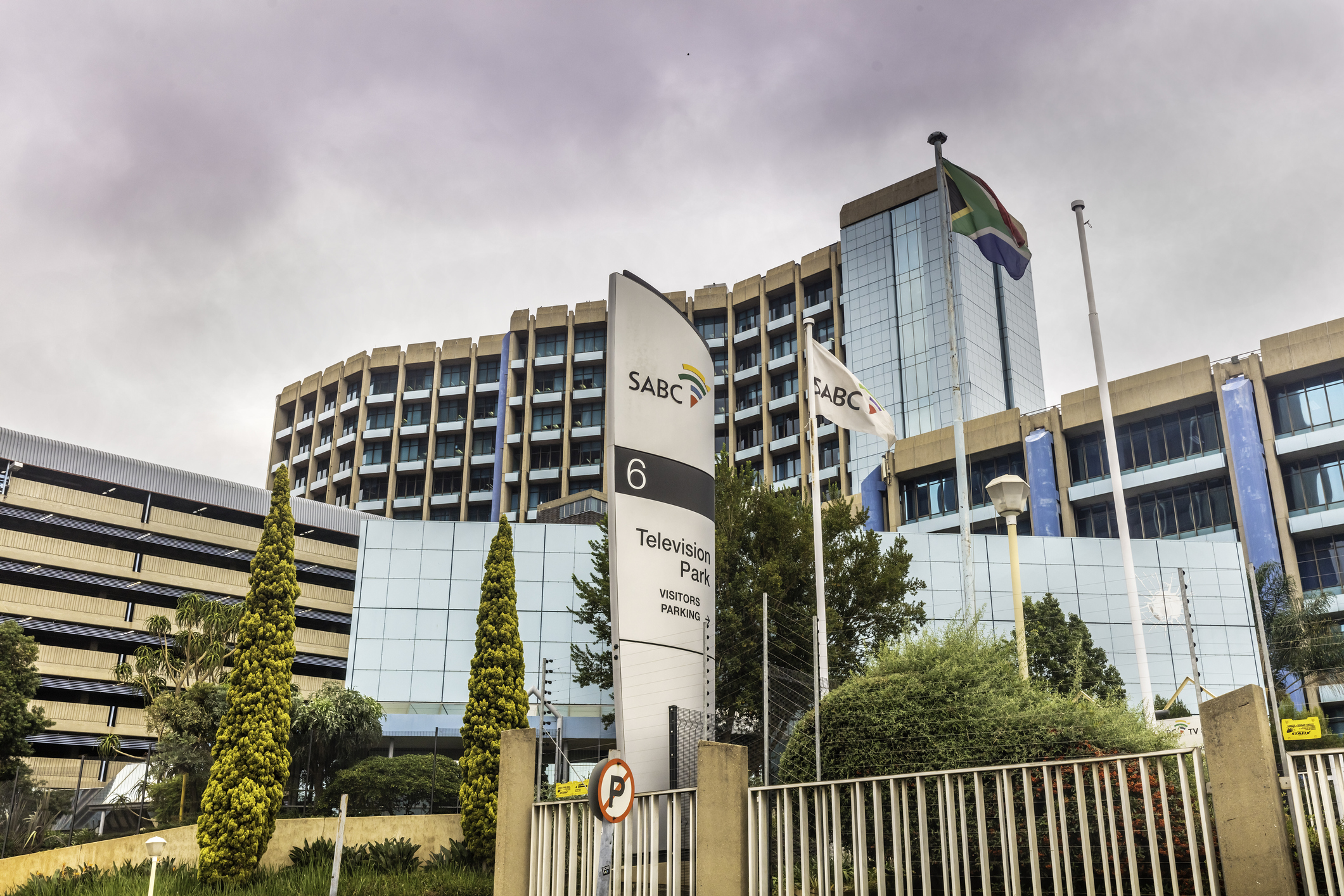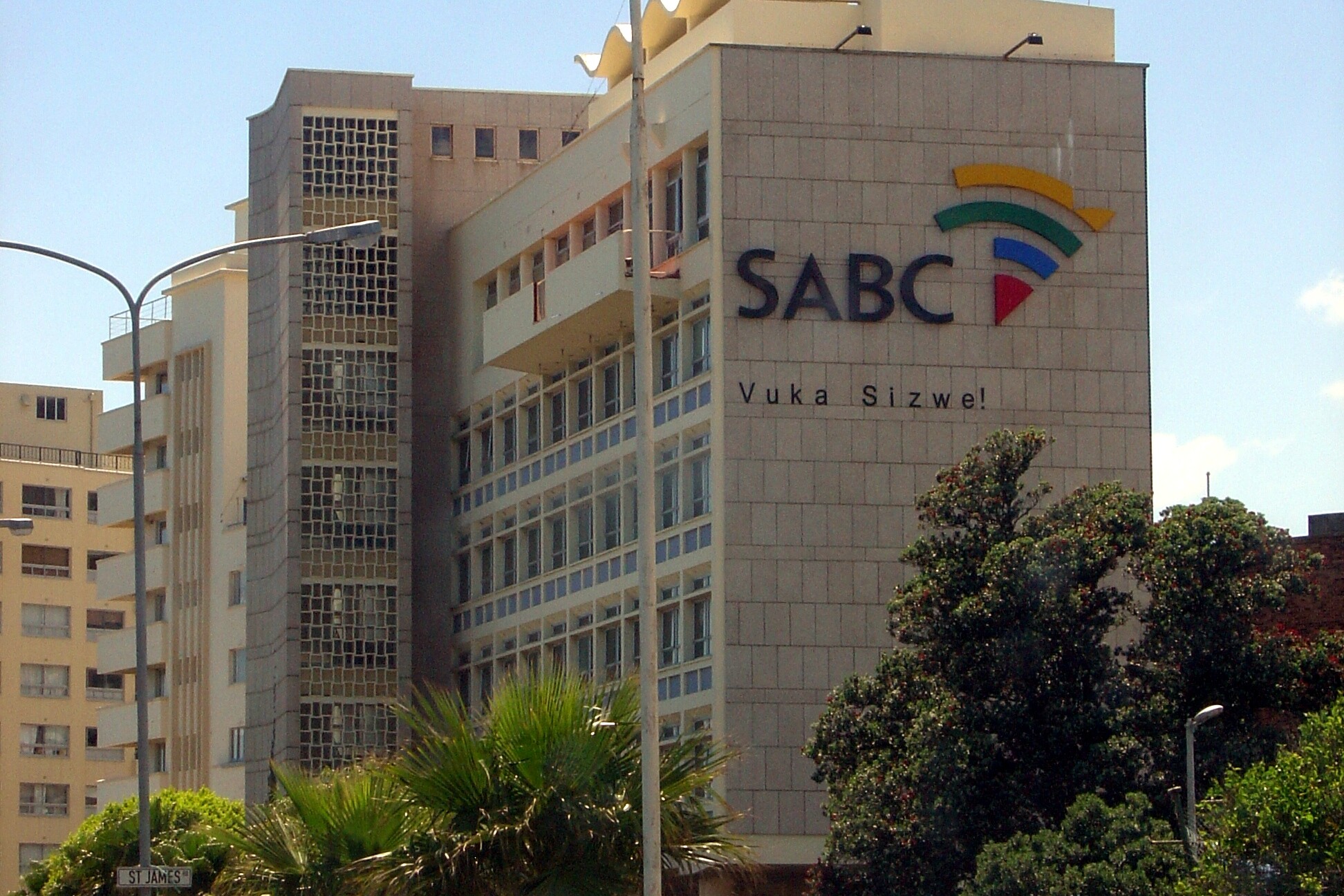The South African public broadcaster concluded its retrenchment process last month with 621 permanent employees leaving the organisation. As of 1 April, SABC began implementing its new ‘fit-for-purpose’ structure.
In a press release published on 30 March, the financially-challenged public broadcaster announced the conclusion of the Section 189 process and reiterated the importance of the job losses for its “Turnaround Plan and its long-term sustainability.”
More than half (346) of the retrenched staff members opted for a voluntary package, while the remaining jobs (275) were made redundant. This total was much higher than the 400 job losses reported in November 2020 and closer to what was anticipated when the retrenchments were first announced in June. Despite a lengthy nine-month process involving stakeholders and cases being taken to the Labour Court, the SABC insists that the retrenchment process can “withstand any legal scrutiny”.
Yet labour unions continue to criticise the public broadcaster for its handling of the retrenchment process. Broadcast Media Africa reported that the Broadcasting, Electronic, Media & Allied Workers Union (BEMAWU) called the dismissals “unfair” and questioned the lack of transparency – especially regarding the selection process – and believes that there are grounds to further challenge the SABC. As a result, BEMAWU has once again threatened legal action. Meanwhile, the Communications Workers Union (CWU) claim that the SABC is “on the brink of collapse”. News24 quoted the CWU’s General Secretary, Aubrey Tshabalala, who is concerned that “there will be more retrenchments coming in the future and an unsustainable public broadcaster.”
According to Business Live, SABC’s retrenchment process “sets the tone for cost cutting at other struggling state-owned entities…”
What will the new structure look like?
SABC is implementing a new structure as part of its Turnaround Strategy to create a more fit-for-purpose, cost-efficient public media organisation. The strategy focuses on the organisation’s future viability and on building resilience and long-term financial sustainability to fulfil its public mandate.
Alongside the retrenchment process, other measures include relocating a radio station to SABC’s main Johannesburg office and appointing four radio business managers to oversee six of its radio stations.
Since the conclusion of the retrenchment process, the public broadcaster has published several media statements emphasising that there will be minimal changes to the line-ups and schedules of some of its radio stations.
It has also issued statements to reassure the public that the retrenchments will not disrupt the quality or continuity of its content. Mmoni Seapolelo, SABC’s Acting Spokesperson said, “The SABC has put in place mitigating plans to ensure continuity in broadcasting on all its platforms and remains fully committed to fulfilling its mandate of informing, educating and entertaining the public.”
SABC’s Group Chief Executive Officer, Madoda Mxakwe, added: “The SABC will continue to diligently serve the tens of millions of South Africans who rely on it for education, sport, news and entertainment, in all our languages. We remain committed to transforming the SABC and taking its content everywhere, across platforms, on all devices and in all our languages. We want to be part of preserving this national treasure which has the public interest at the very heart of its existence.”
Discussions are still underway about a proposal to replace the current licence fee system, which makes up part of SABC’s total funding, in favour of a mandatory household public broadcasting levy for anyone that owns a TV set or device that can stream SABC’s services. The proposal has received some endorsement, including from Media Monitoring Africa Director, William Bird, who agrees that one way to sustain the SABC is by introducing some sort of fee that would be collected by DStv.
The South African Broadcasting Corporation is a member of the Public Media Alliance.
Header image: SABC Western Cape. Credit: Richard Tanswell/Creative Commons
Related Posts
20th January 2021
SABC employees go on strike as retrenchment process resumes
Labour unions begin strike action and…
26th August 2020
Insight | SABC has cut its losses and is ahead on a turnaround plan
Work over the past nine months has laid…

